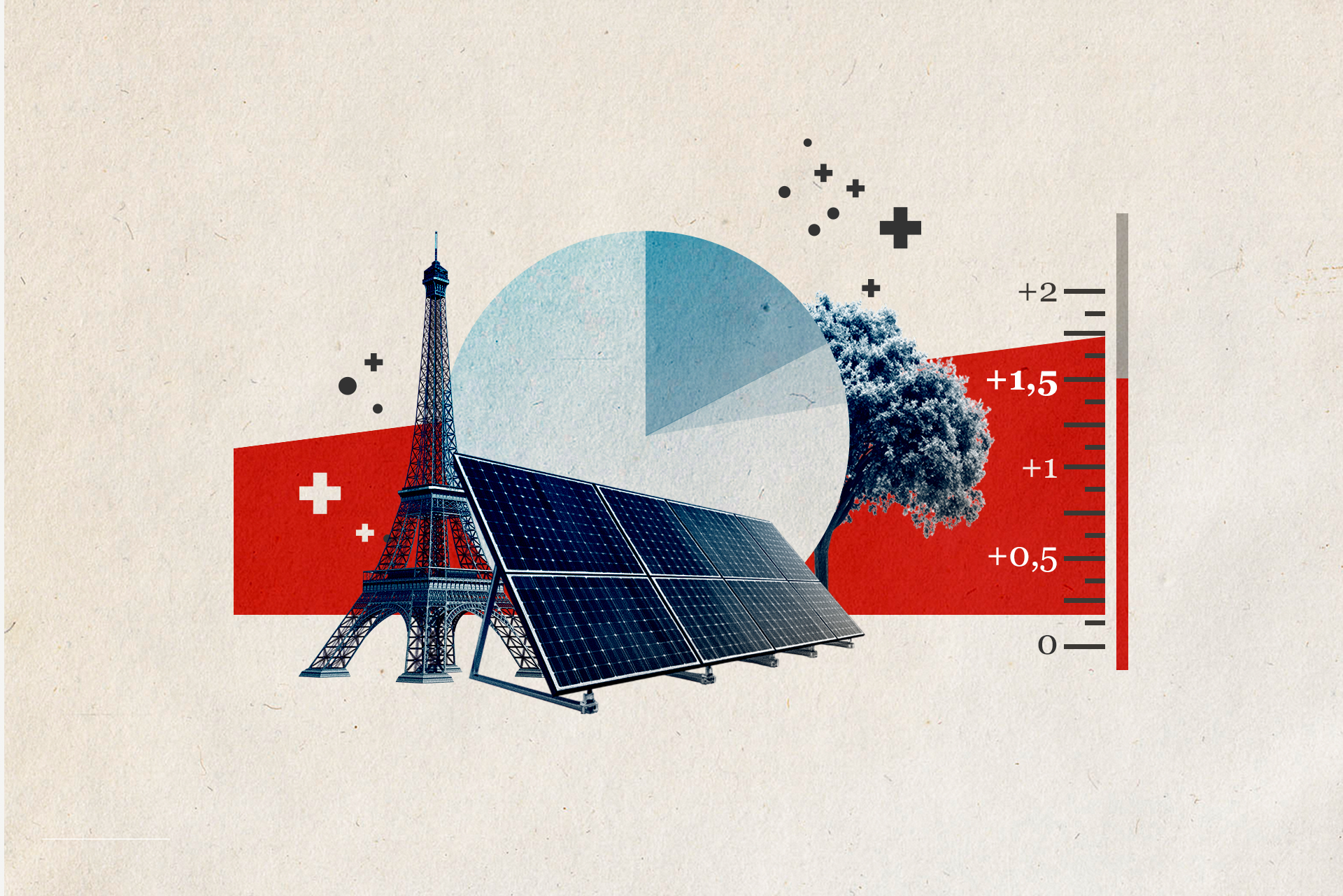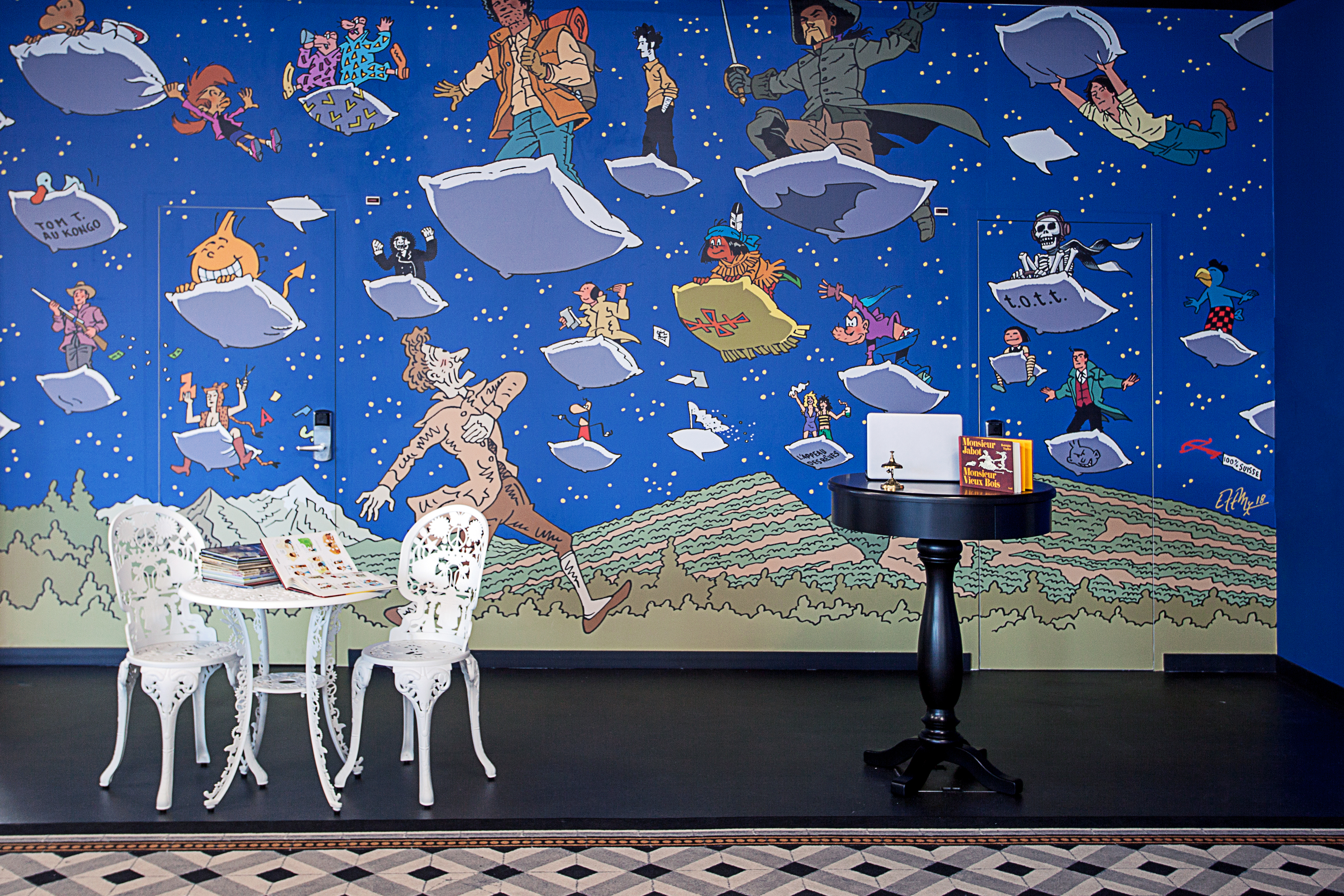
A third of Switzerland’s landscapes are undeveloped

Swiss researchers have been able to identify around 2,400 areas – most of them in the mountains – that can be characterised as ‘near-natural’. However, very few undeveloped areas exist at lower altitudes.
Scientists at the Swiss Federal Institute for Forest, Snow and Landscape Research (WSL) used geographical information systems to map near-natural areas. These are characterised as having less than 20% of surface area occupied by disruptive infrastructure like roads, power plants or cableways. Around half of these zones are protected and the highest proportion were identified in the cantons of Graubünden, Uri, Glarus and Valais.
The majority of near-natural areas were found on steep and barren rocky and icy surfaces at elevations above 2,000 metres. On the other hand, they accounted for only 0.2% of the land surface below 500m altitude.

Researchers warn that undeveloped zones that are not protected (around 50%) are at risk of being further built up with recreational, hydropower or other facilities. They suggest raising awareness about the importance of such near natural areas for recreational and leisure activities, nature-based tourism and sustainable agriculture.

More
Swiss dismiss freeze on construction zones

In compliance with the JTI standards
More: SWI swissinfo.ch certified by the Journalism Trust Initiative





























You can find an overview of ongoing debates with our journalists here . Please join us!
If you want to start a conversation about a topic raised in this article or want to report factual errors, email us at english@swissinfo.ch.